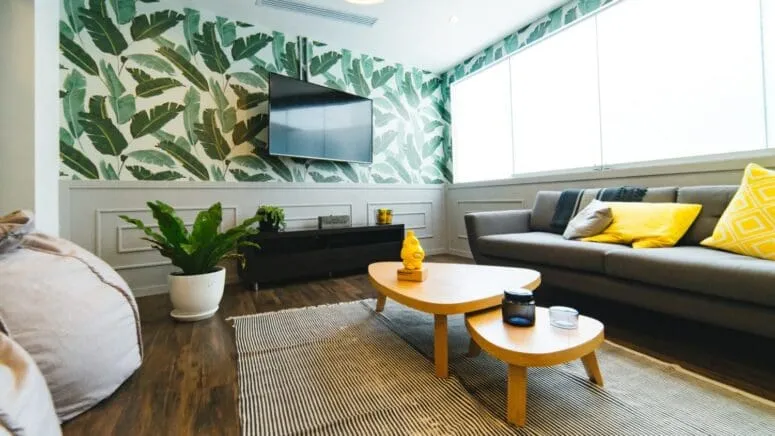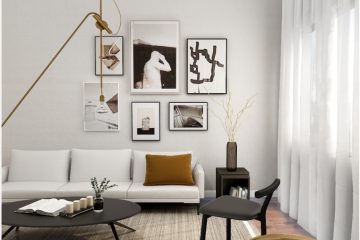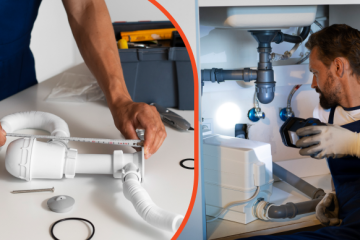Staging your home for sale can significantly impact how quickly and profitably it sells. While many assume staging is an expensive endeavor, there are numerous budget-friendly tips and tricks to make your home appealing to potential buyers. Whether you’re selling your rental property or your primary residence, knowing what not to fix when selling a house can save you money and effort. Here are seven cost-effective strategies to stage your home without breaking the bank.
1. Declutter and Depersonalize
Decluttering is the first step in staging your home. This makes it easier for those interested in buying to picture themselves residing there. Consider renting a storage unit temporarily to store items you don’t need daily. A clutter-free home appears more spacious and inviting, making it easier for buyers to imagine their belongings in the space. If you’re looking for convenient storage solutions, explore Beaconsfield self storage options to help declutter and stage your home effectively.
2. Deep Clean Every Corner
A clean home is essential in making a positive first impression. Invest time deep cleaning every room, including areas often overlooked like baseboards, windows, and light fixtures. If budget allows, hire professional cleaners for a thorough job. Clean homes look better and give the impression of being well-maintained, which can be a deciding factor for buyers.
3. Rearrange and Repurpose Furniture
Instead of buying new furniture, rearrange your existing pieces to create a more open and functional layout. Remove any oversized or unnecessary items that make rooms feel cramped. Repurpose furniture from other areas of the house to fill empty spaces. For instance, a small desk in the bedroom can become a charming writing nook in the living room.
4. Utilize Neutral Colors
One of the least expensive ways to make changes to your house is painting. Opt for neutral colors like whites, beiges, and light grays, which appeal to a broader audience and make spaces feel larger and brighter. Avoid bold and dark colors that can be polarizing. If repainting the entire house isn’t feasible, focus on high-impact areas like the living room, kitchen, and entryway.
5. Enhance Curb Appeal
The exterior of your home is the first thing potential buyers see, so it’s crucial to make a good impression. Simple and inexpensive improvements can enhance curb appeal. Mow the lawn, trim bushes, and plant flowers to make the yard look inviting. Clean the front door, update the house numbers, and add a new welcome mat. These small changes can make a significant difference in how your home is perceived from the outside.
6. Accessorize Wisely
Strategic use of accessories can make a home feel warm and welcoming. Add throw pillows, blankets, and rugs to create a cozy atmosphere. Use mirrors to reflect light and make rooms feel larger. Invest in a few pieces of affordable artwork to add character to blank walls. Fresh flowers and houseplants can also bring life to a space. Be mindful not to overdo it; a few well-placed items are more effective than cluttering every surface.
7. Focus on Lighting
Good lighting can dramatically enhance the look of your home. Ensure that each room is well-lit by opening curtains and blinds to let in natural light. Replace outdated light fixtures with modern, affordable options. Use lamps and under-cabinet lighting to eliminate dark corners. Soft, warm light bulbs create a welcoming ambiance.
Conclusion
Staging your home on a budget is possible with these simple and effective tips. The above points help create an environment where potential buyers can see themselves living, ultimately leading to a quicker and more profitable sale.
Whether you’re selling your rental property or your primary residence, knowing what not to fix when selling a house can also save you unnecessary costs and effort. Make your home as appealing as possible while spending the least amount of money.



